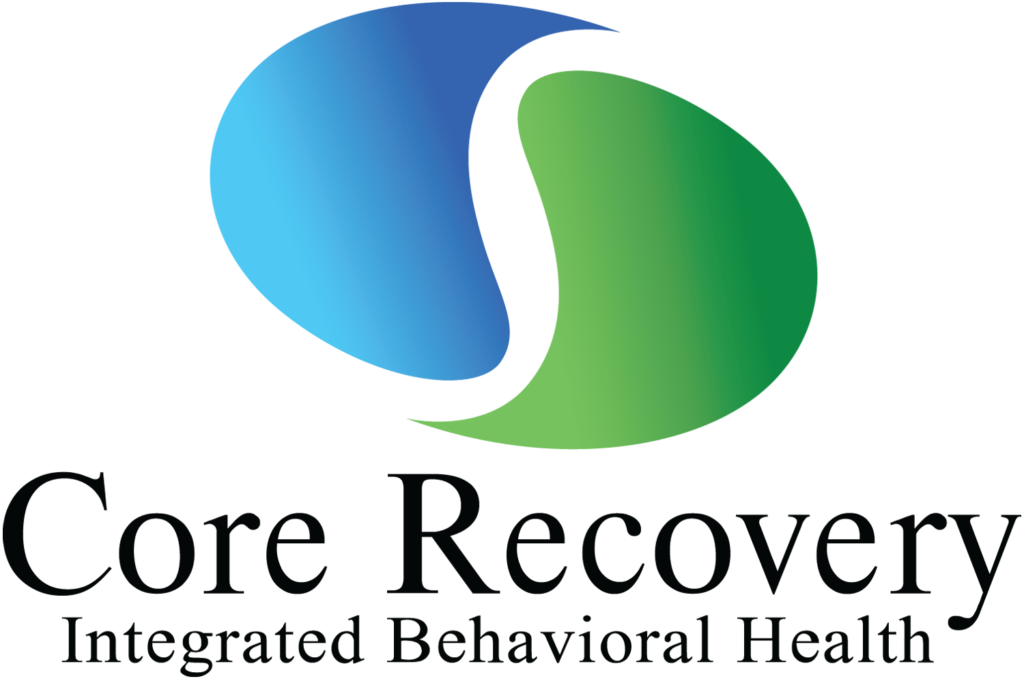Love is a compelling force guiding our relationships, but it’s essential to discern between healthy attachment and love addiction. In today’s world of instant gratification and endless options, it’s easy to mistake infatuation for genuine love. Love addiction, driven by a relentless pursuit of validation, contrasts starkly with healthy attachment, which thrives on mutual respect and trust. While love addiction consumes with desperation and fear, healthy attachment fosters independence and open communication. In this blog, we’ll navigate the subtleties between the two, exploring warning signs, causes, and strategies for fostering balanced relationships, aiming to empower individuals to distinguish between genuine connection and harmful patterns, ultimately nurturing deeper, authentic bonds.
Finding Balance: Cultivating Healthy Attachment in Intimate Relationships
In the intricate dance of intimacy, finding balance is key to cultivating healthy attachment dynamics. Too often, individuals may find themselves veering into the territory of codependency or love addiction, where their sense of self becomes entangled with their partner. However, it’s possible to navigate the fine line between intimacy and dependency, fostering a relationship that nourishes both partners’ individuality while deepening their connection.
- Understanding Healthy Attachment: Healthy attachment in intimate relationships is characterized by a strong emotional bond between partners, rooted in trust, respect, and mutual support. Unlike codependency or love addiction, healthy attachment allows for independence and self-expression within the relationship. Both partners feel secure in themselves and in the relationship, without relying on the other for validation or fulfillment of their needs.
- Cultivating Emotional Independence: Central to maintaining healthy attachment is cultivating emotional independence within oneself. This means having a strong sense of self-worth and identity that is not solely dependent on the relationship. Partners should encourage each other’s personal growth and pursue individual interests and goals, fostering a sense of fulfillment outside of the relationship.
- Setting Boundaries and Communication: Clear communication and boundary-setting are essential aspects of maintaining balance in intimate relationships. Partners should feel comfortable expressing their needs, desires, and concerns openly and respectfully. Setting healthy boundaries ensures that each person’s autonomy is respected, preventing the relationship from becoming suffocating or one-sided.
- Prioritizing Self-Care: Nurturing a healthy attachment requires prioritizing self-care and self-awareness. Both partners should engage in activities that promote their physical, emotional, and mental well-being independently. This might include practicing mindfulness, pursuing hobbies, or seeking therapy to address personal issues and maintain emotional balance.
- Honoring Individuality: Celebrating each other’s individuality strengthens the bond between partners and prevents the relationship from becoming stagnant or stifling. It’s essential to appreciate each other’s unique qualities, interests, and perspectives, fostering an environment where both partners feel seen, heard, and valued for who they are.
Navigating the Maze: Identifying Healthy Attachment in Relationships
In the complex landscape of relationships, understanding and identifying healthy attachment is essential for fostering fulfilling connections. Healthy attachment forms the foundation of strong, secure relationships, characterized by mutual respect, trust, and emotional intimacy. However, distinguishing healthy attachment from unhealthy patterns can be challenging amidst the myriad dynamics of human interaction. Let’s explore how to navigate this maze and recognize the hallmarks of healthy attachment in relationships.
Recognizing Mutual Respect and Autonomy
Healthy attachment thrives on mutual respect and autonomy. In such relationships, partners value each other as individuals with their own thoughts, feelings, and boundaries. They support each other’s personal growth and encourage independence, rather than seeking to control or dominate one another. Mutual respect lays the groundwork for open communication and cooperation, fostering a sense of equality and partnership.
Cultivating Emotional Intimacy
Emotional intimacy is a cornerstone of healthy attachment. Partners in securely attached relationships feel comfortable sharing their deepest thoughts, fears, and vulnerabilities with each other. They create a safe and supportive space where both partners can express themselves authentically without fear of judgment or rejection. Emotional intimacy fosters a deep sense of connection and understanding between partners, strengthening their bond over time.
Establishing Clear and Healthy Boundaries
Healthy attachment involves the establishment of clear and healthy boundaries within the relationship. Partners communicate openly about their needs, desires, and limits, and respect each other’s boundaries without crossing them. Boundaries provide a sense of safety and security within the relationship, allowing both partners to feel valued and respected. They also prevent codependent or enmeshed dynamics from developing, ensuring that each partner maintains their individual identity and autonomy.
Embracing Interdependence
While healthy attachment encourages independence, it also recognizes the importance of interdependence in relationships. Partners support and rely on each other for emotional, practical, and logistical needs, without sacrificing their own autonomy. Interdependence involves a balance of give and take, where both partners contribute to the relationship while also maintaining their independence. This dynamic fosters a sense of security and stability, strengthening the bond between partners.
Prioritizing Communication and Conflict Resolution
Effective communication is essential for maintaining healthy attachment in relationships. Partners openly express their thoughts, feelings, and concerns, and actively listen to each other with empathy and understanding. They communicate their needs and desires assertively yet respectfully, and work together to resolve conflicts constructively. Healthy attachment allows partners to navigate challenges and disagreements without resorting to blame or criticism, fostering a sense of unity and cooperation.
Conclusion
We understand the delicate balance between love addiction and healthy attachment in relationships. At our center, we’re dedicated to helping individuals recognize the fine line between the two. Love addiction can ensnare us, while healthy attachment nurtures and empowers. Through our compassionate guidance and expertise, we equip you with the tools to distinguish between the two, fostering fulfilling connections that enrich your life. Contact us today at (602) 641-4617 to embark on a journey towards authentic, balanced love in the heart of Arizona.







 In CA By O360®
In CA By O360®